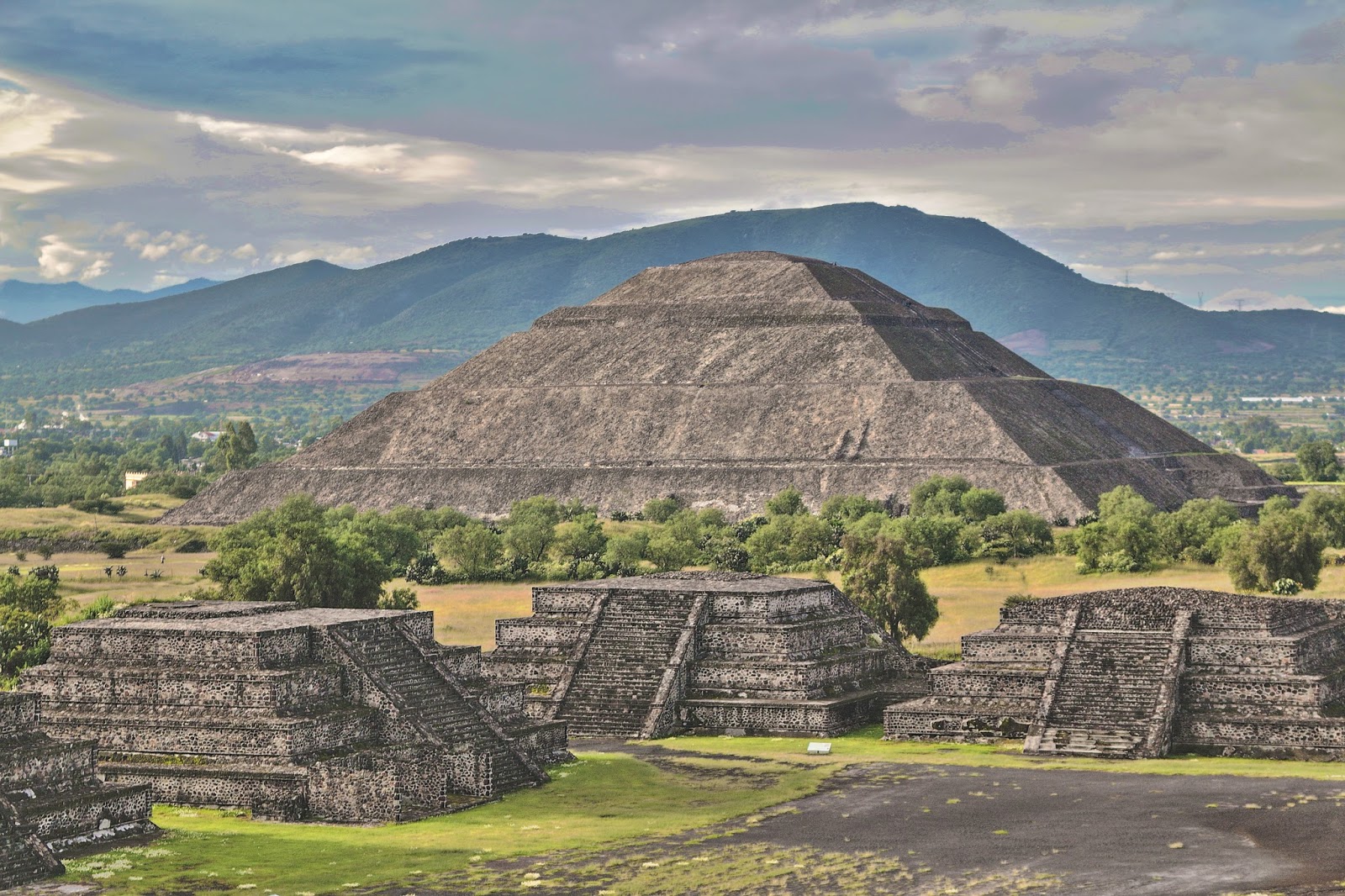
The Calendars
The peoples of pre-Hispanic Mesoamerica, including the Mexica and Maya, made use of a two-calendar system: a 360-day civic/agricultural calendar, and a 240-day ritual calendar. Together, they resulted in a thorough and mathematically-derived time keeping technology that allowed these cultures to maintain detailed records of significant dates and astrological information, and formed a foundational component of Mesoamerican cosmology.
Most of our community members follow the Nuttal-Ochoa calendar correlation, though there are several others to choose from. The Tena correlation is the most widely used, though there is also disagreement about what month the calendar started with. There is a lot of information online about the different correlations and starting months if you would like to learn more. Below, we've outlined our community's preferred correlation:
| Mar 21 | Tlacaxipehualiztli | "The Flaying" |
| Apr 10 | Tozoztontil | "The Small vigil" |
| Apr 30 | Huey Tozoztli | "The Great Vigil" |
| May 20 | Toxcatl | "Dryness" |
| June 9 | Etzalcualiztli | "The Feasting of Maize and Beans" |
| June 29 | Tecuilhuitontli | "Small Festival of the Lords" |
| July 19 | Huey Tecuilhuitl | "Great Festival of the Lords" |
| Aug 8 | Tlaxochimaco | "The Offering of Flowers" |
| Aug 28 | Xocotl Huetzi | "Falling Fruit" |
| Sep 17 | Ochpaniztli | "The Sweeping" |
| Oct 7 | Teotleco | "The Gods Arrive" |
| Oct 27 | Tepeilhuitl | "Festival of the Mountains" |
| Nov 16 | Quecholli | "The Precious Feathers" |
| Dec 6 | Panquetzaliztli | "The Raising of the Banners" |
| Dec 26 | Atemoztli | "Falling Water" |
| Jan 15 | Tititl | "The Navel" |
| Feb 4 | Izcalli | "The Sprout" |
| Feb 24 | Atlcahualo | "The Ceasing of Water" |
| Mar 16 | Nemontemi* | "The Empty Days" |
*The Nemontemi are normally observed for 5 days, except for Tochtli years, which are counted as the leap years and are given a 6th day. In that case, all the months advance 1 day in Acatl years.
